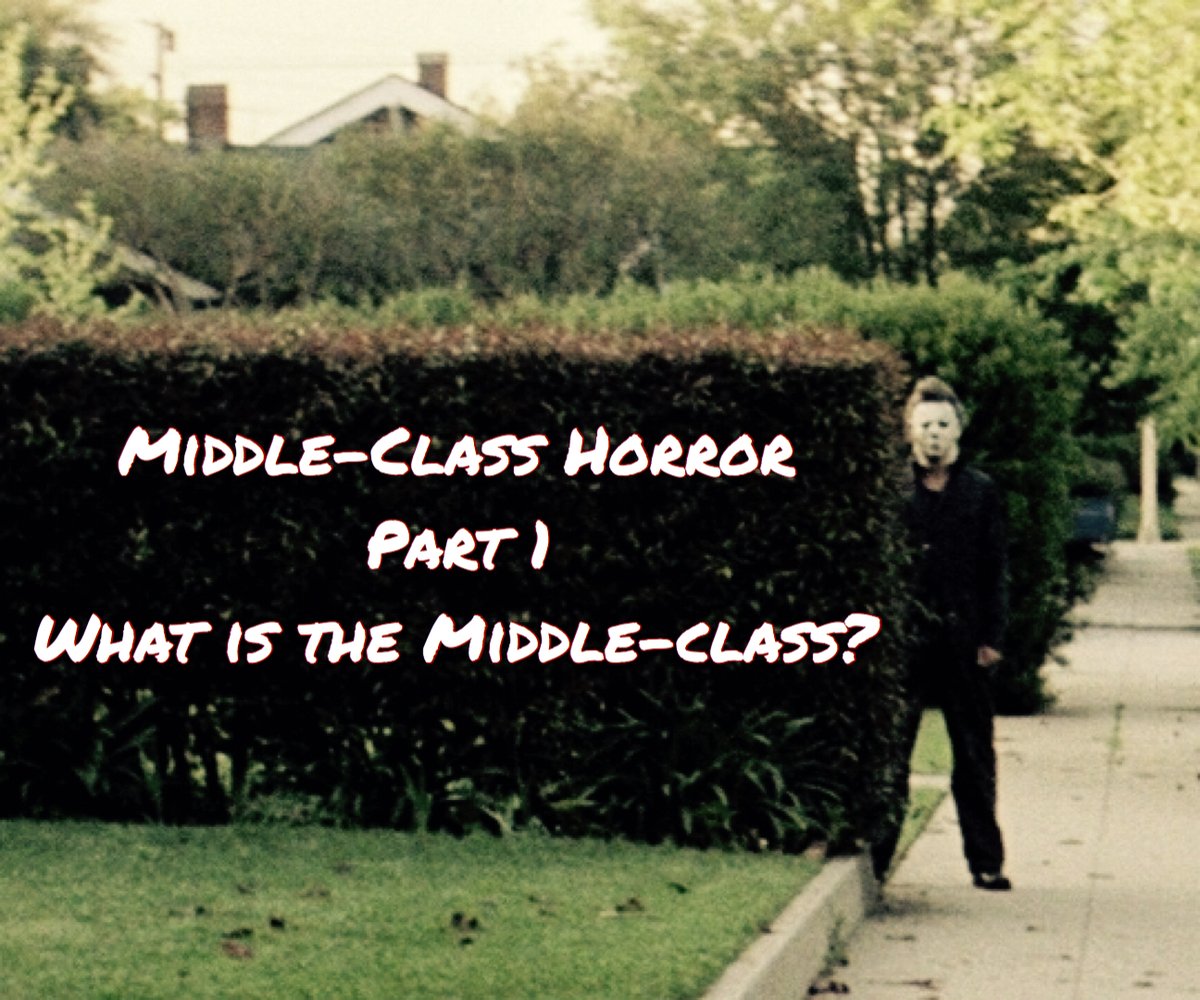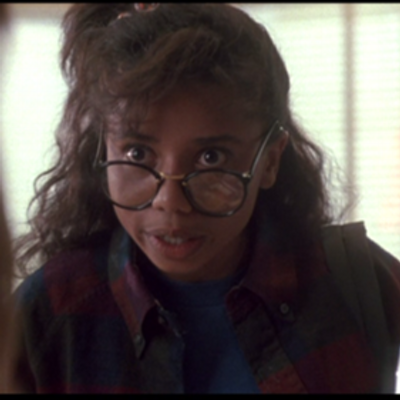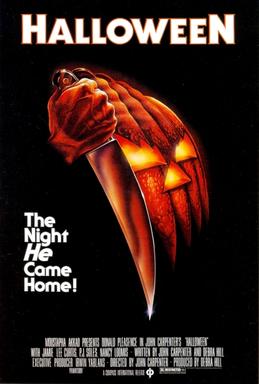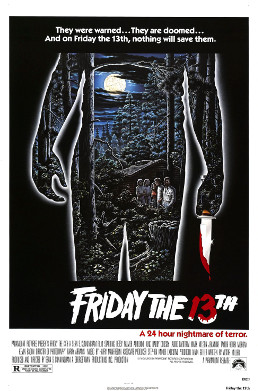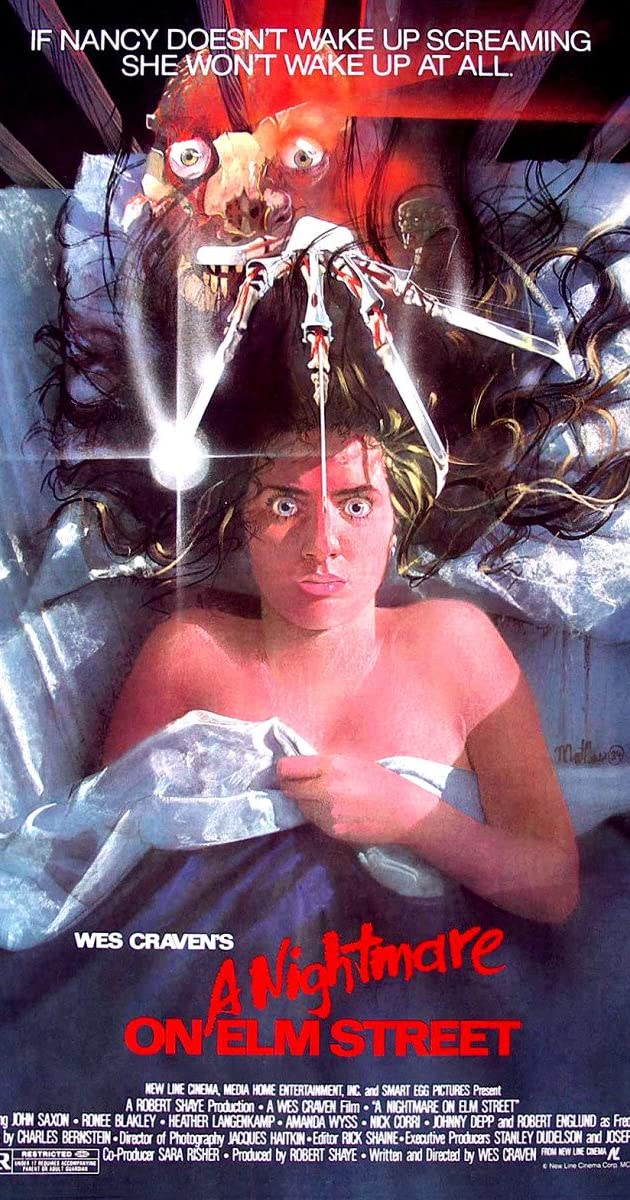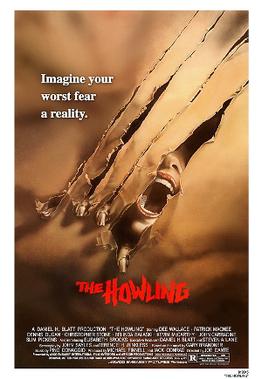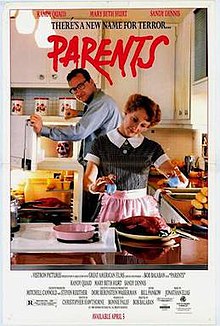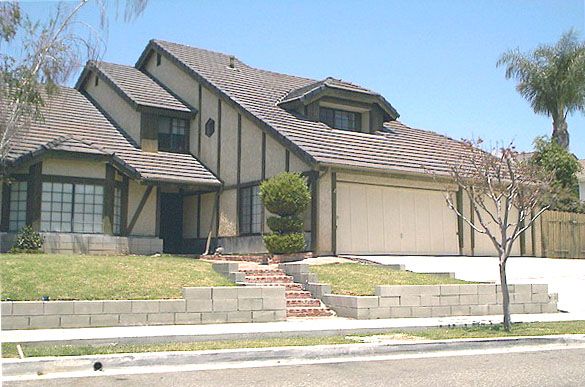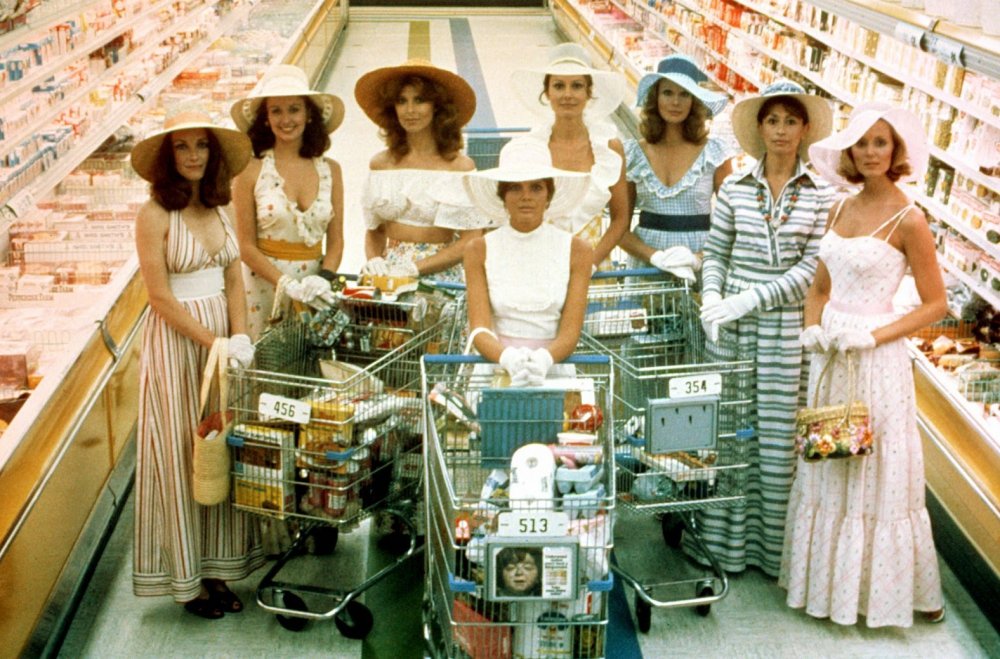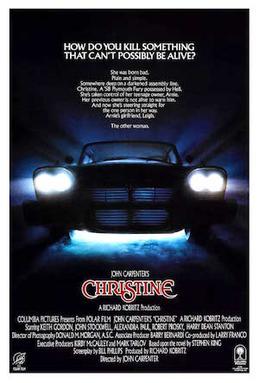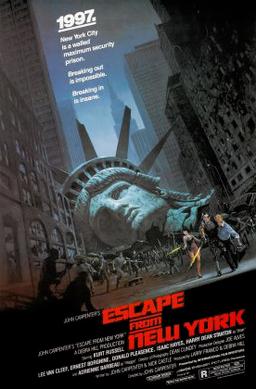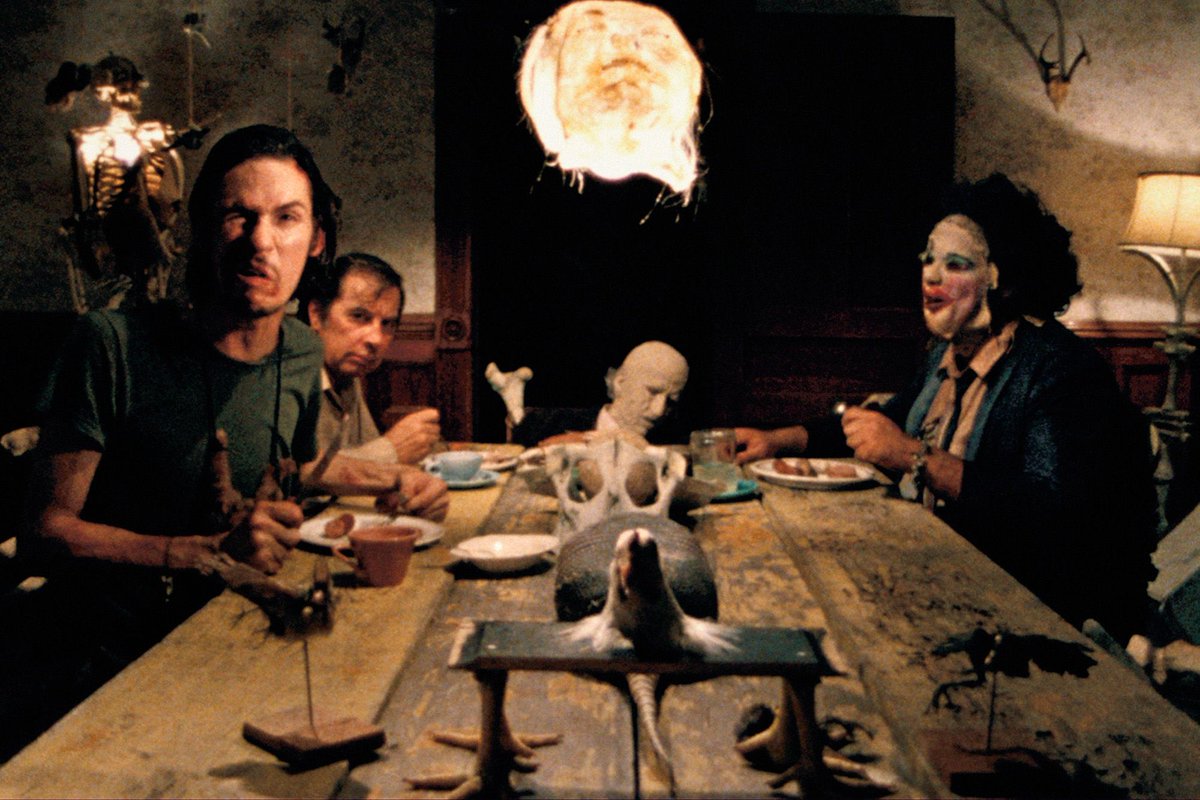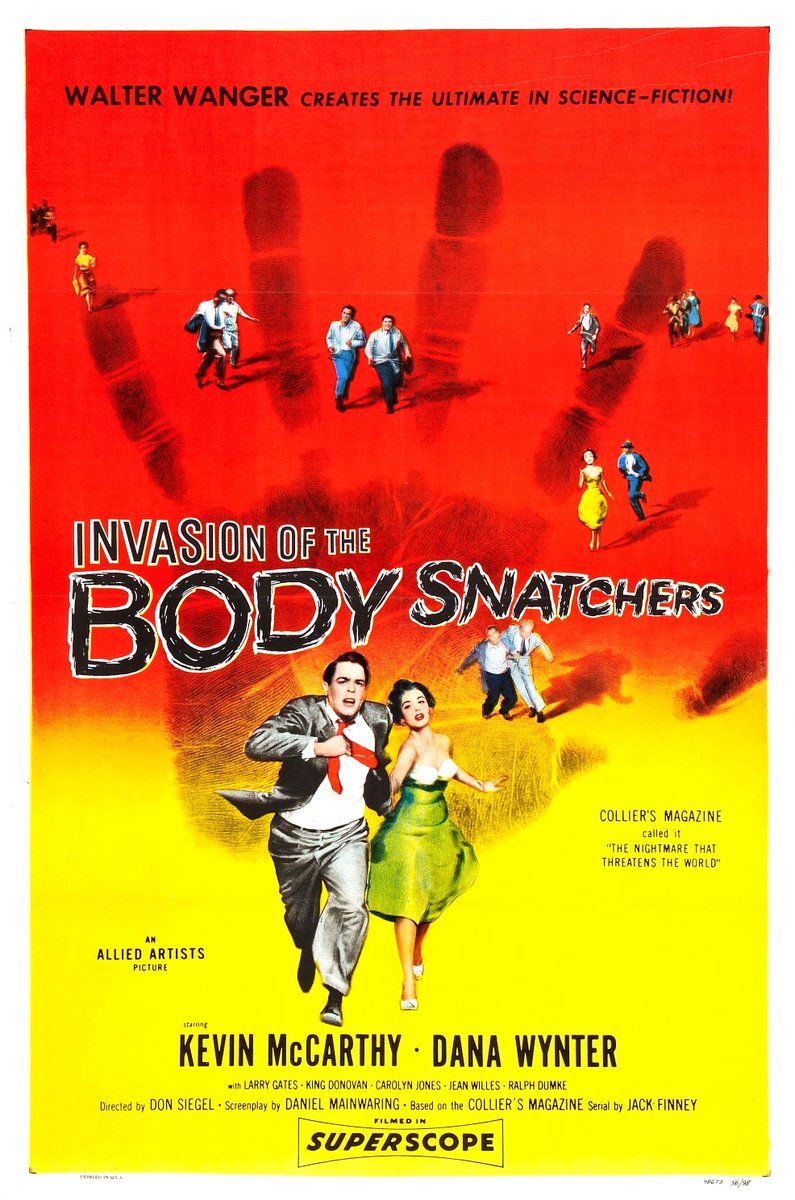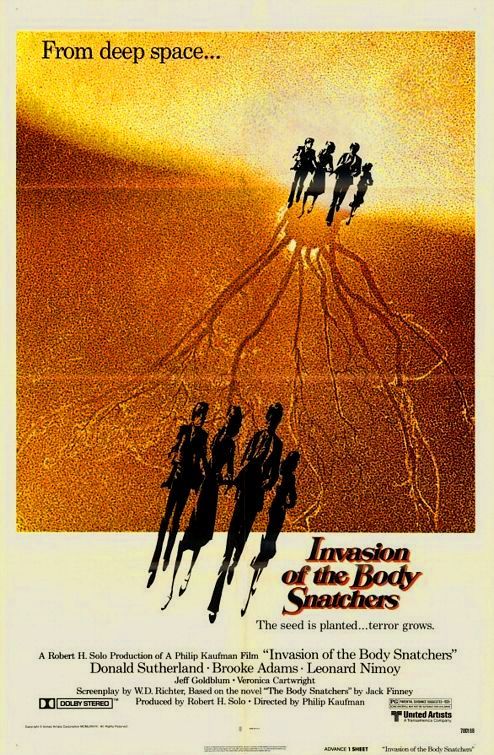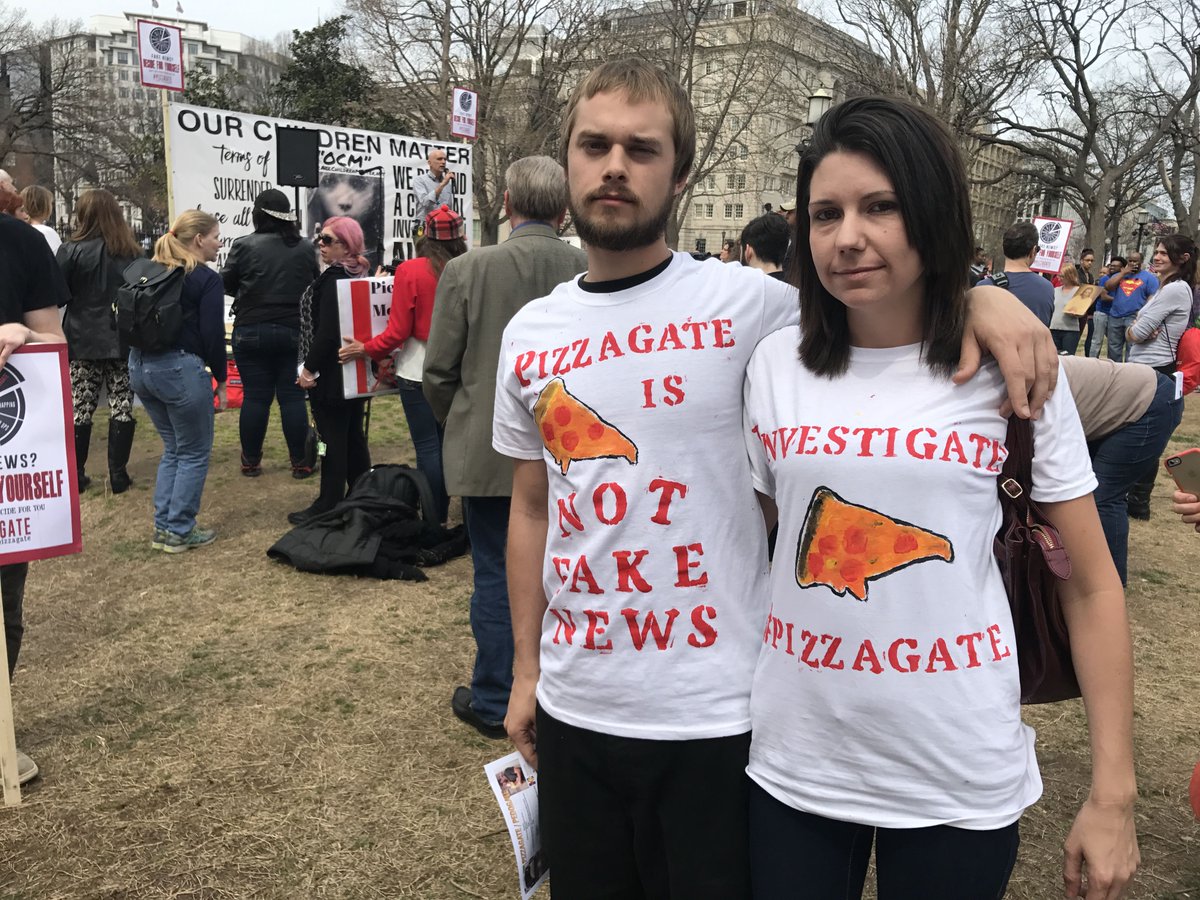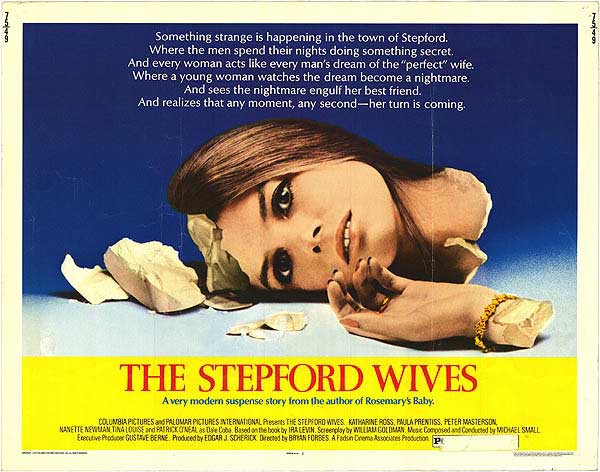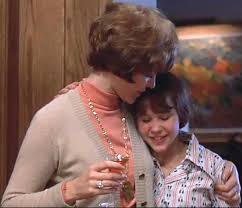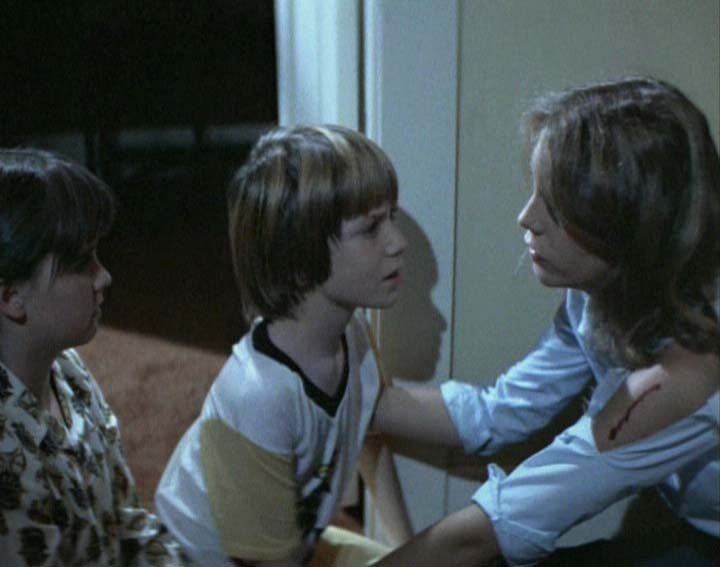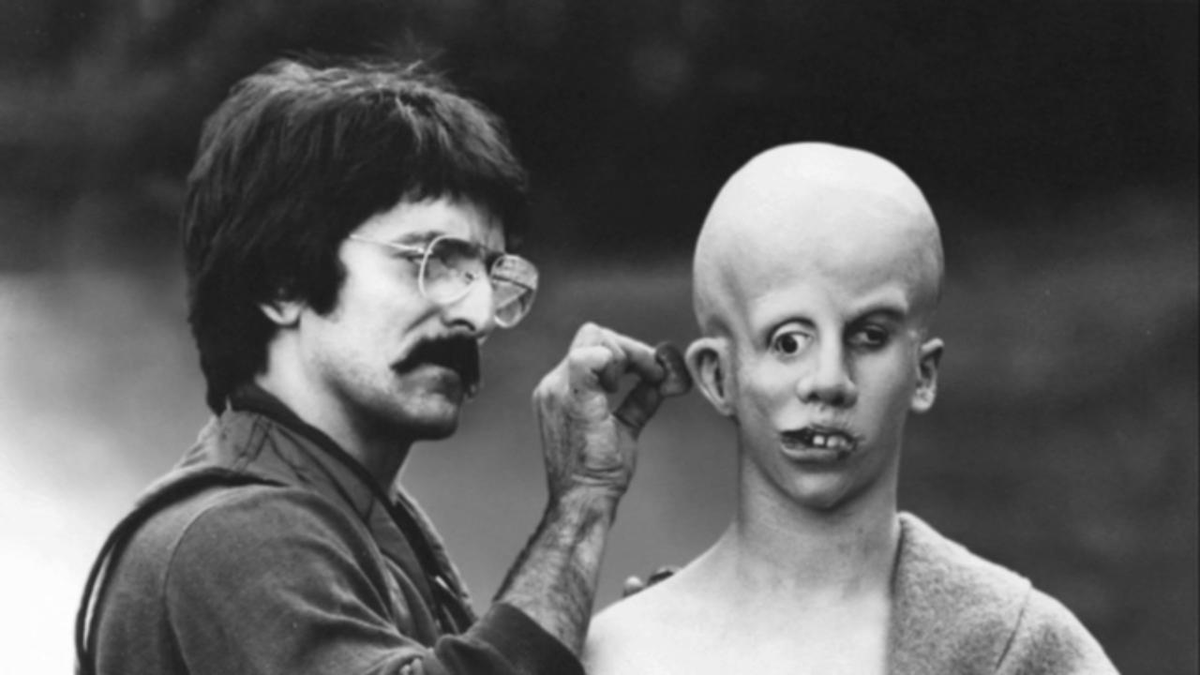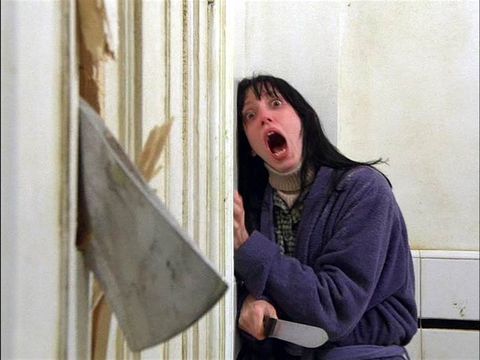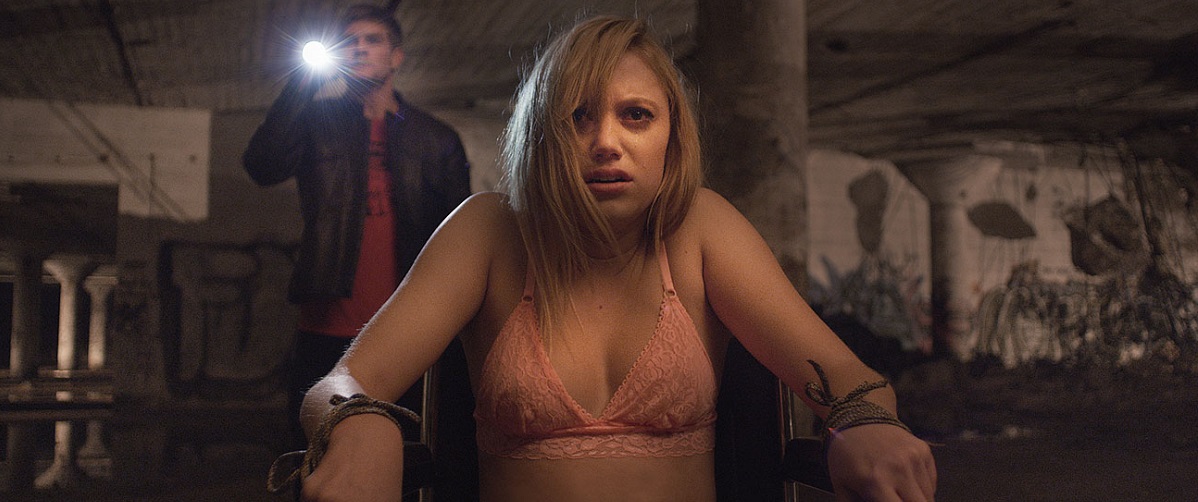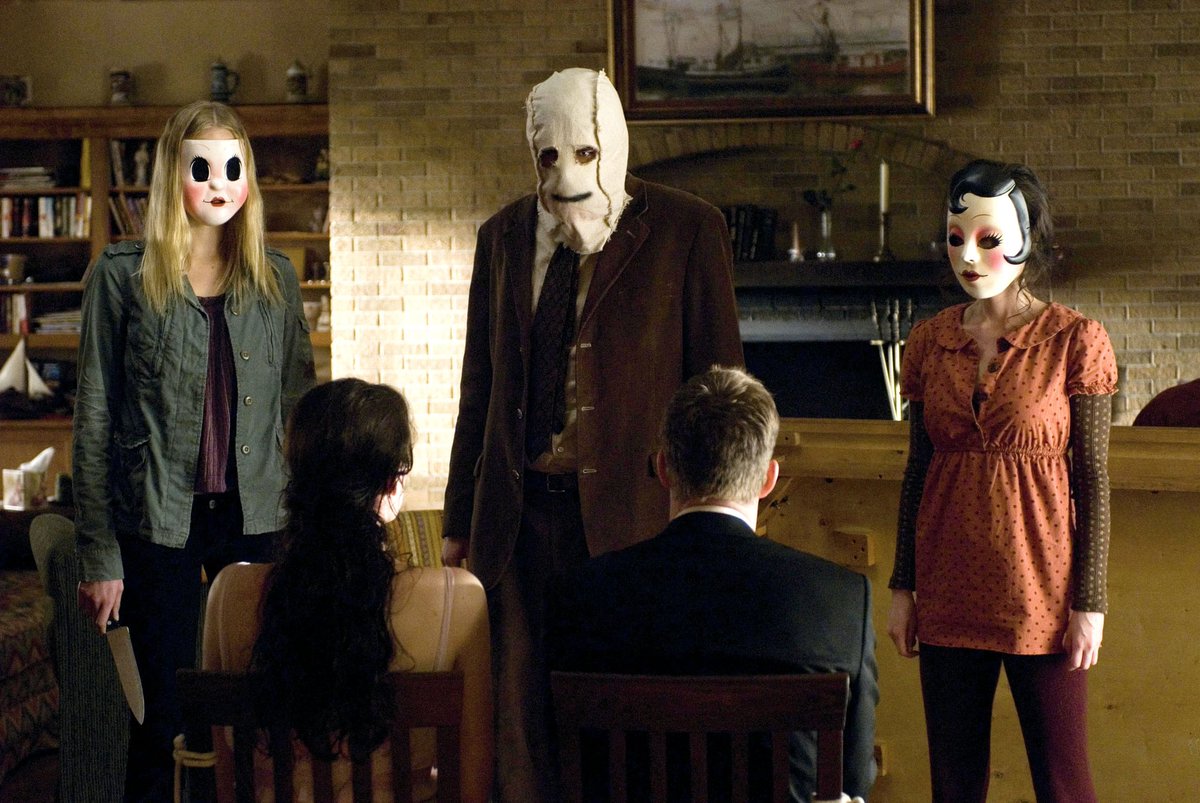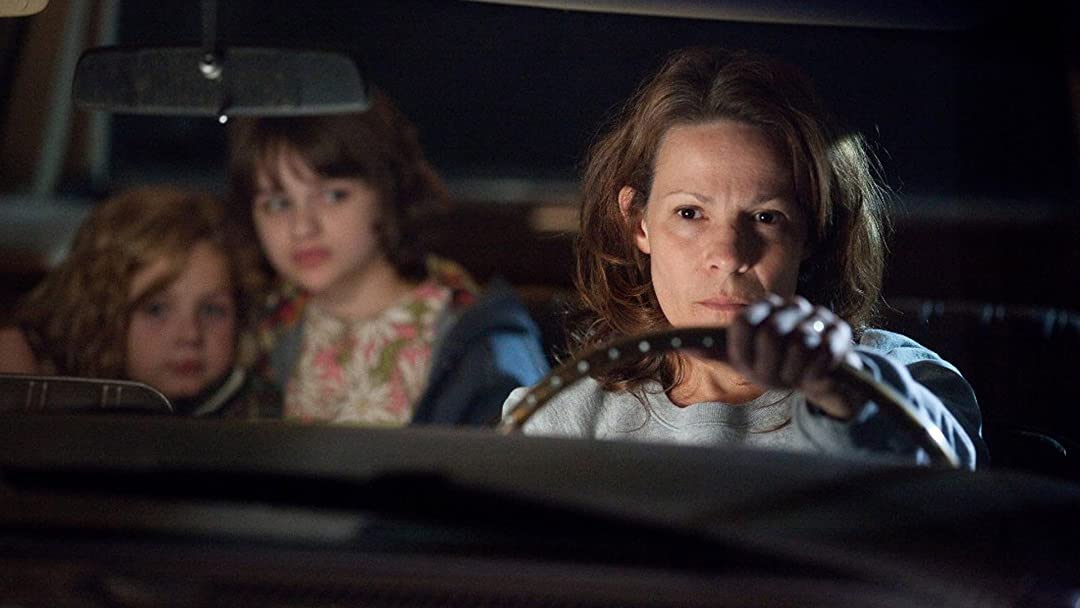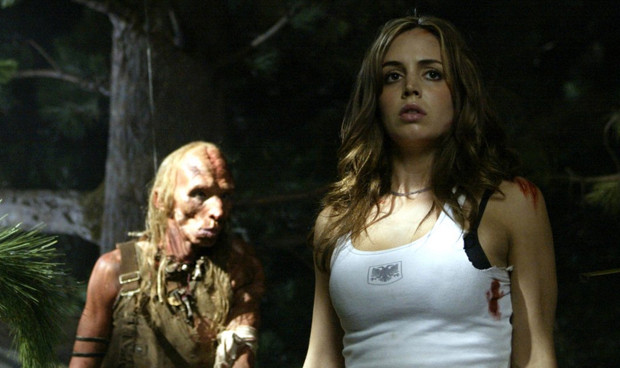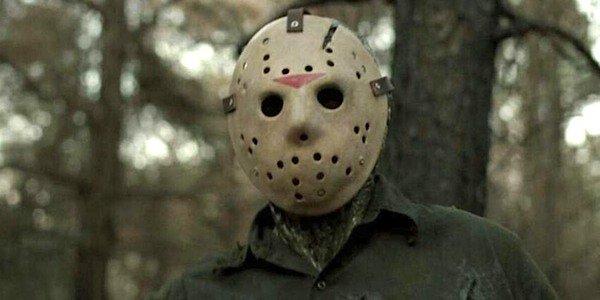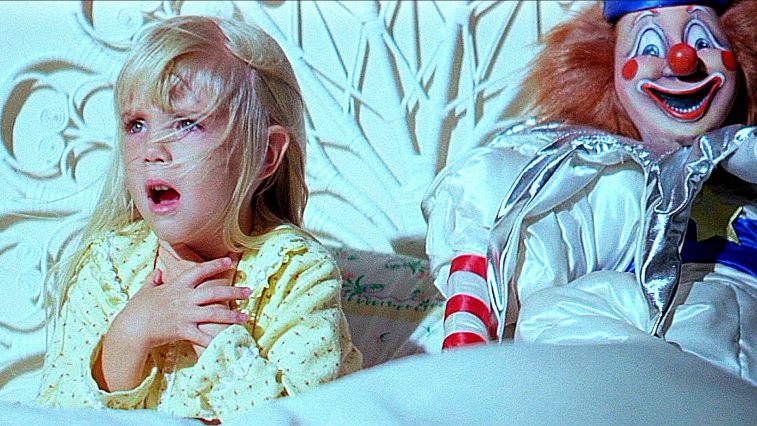Middle-Class Horror: Part 1
What is the Middle-Class?
This is a series of threads sponsored by my generous Patreon patron, @nicaborders. I’m going to discuss how Horror provides insight into Middle-Class fears and their roots in bigotry.
What is the Middle-Class?
This is a series of threads sponsored by my generous Patreon patron, @nicaborders. I’m going to discuss how Horror provides insight into Middle-Class fears and their roots in bigotry.
Disclaimer: I am not a sociologist nor am I a horror academic. They exist and have done a great deal of work on these topics. My aim is to provide a different perspective and entertain folks, not to usurp their authority on any of these topics.
I’m going to focus on popular American horror movies from the 70s-80s. Though, I may point out links to films in other genres. Make no mistake many of these tropes and the bigotry behind them are still very much present in modern media of every genre.
In the context of this discussion “middle-class” is more than a class distinction, but rather a shorthand for a very specific white American post-WWII ideal. The nuclear family. Heteronormativity, Patriarchy, and individualism.
The middle-class, as it came to exist in the 70s-80s, was an idea constructed in post-WWII America. A marketing ploy used to sell homes to white people fleeing the cities (they were sharing with migrants, POC and the impoverished) for the suburbs. #WhiteFlight #WilliamLevitt
The Suburbs embodied this ideal of the middle-class life: Clean, uniform, and above all else white. This goes hand in hand with the concept of the nuclear family: a man, his wife, his children, his house and his car. The picture of success.
Note that the car often was the only way one can reach the safe haven of the suburbs ensuring access only to those who can afford it. Redlining and segregation also ensured that the suburbs remained white, or as they put it in coded language “safe.”
Crime, poverty, violence, and disparity became synonymous with urban areas and the people who were, by virtue of exclusion, trapped there. While white people cultivated a fantasy of domestic bliss and economic prosperity.
What the ideal of suburbs excluded (POC, migrants, poor whites, etc) tells us what they feared, and the roots of many of the threats and monsters in horror movies, especially the ones made by/for the generation who grew up in that middle-class.
Important to note: the nuclear family does not include a community. In fact, a community, i.e. group leadership undermines the patriarchal ideal of sole masculine leadership. A man as a king, his home as his castle.
The threat of a group undermining masculine authority was fed by anti-communist themes in films beginning in the 40s and continuing to this day, but it has older roots I don’t have time cover here (see: the history of antisemitism and it’s rooted in Illuminati conspiracies).
Patriarchy requires unquestioned masculine leadership. The nuclear family has one leader, that is the man. His wife is but a servant. Not a co-leader. Thus women’s independence, divorce/the fracturing of the families is a threat and thus another fear.
This fear of women disrupting the unity of the nuclear family, either through divorce or leaving the home to work, manifests in threats to children. Afterall in the patriarchy, women’s sole job (beyond pleasing her man) is to birth and nurture children.
Thus even as women are part of the middle-class ideal they also threaten it through behavior perceived to either put themselves or children at risk. I’ll dig deeper into this when I talk about tropes specific to “women in peril” and children as symbols of purity.
Let’s get back to the general idea of these middle-class fears. Because we are talking about art and more specifically about bigotry, the fears and monsters who embodied them aren’t always blatant about it (though some are).
Often the monsters are imbued with signifiers, that indicate certain marginalized groups or prejudice/misconceptions associated with them. Thus reaching the audience on a subconscious level, tapping into their fears of The Other that some may not even be aware they have.
These tropes still resonate and can straddle class, race, and gender. Because we& #39;re all raised on those middle-class ideas. Patriarchy, racism, ableism, etc. Even those of us who are marginalized have internalized a lot of the same messages that actively harm and demonize us.
Again, which is why these horror movies still work on us 40-50 years later, even as we laugh at the dated effects and terrible acting.
We’re still creeped out by Jason’s face without the hockey mask. We’re still chilled by the ghost children singing Freddy’s song. We still believe, deep down, that those horny teenage girls are putting themselves in danger even as a knife-wielding man kills them.
In the upcoming threads, I’m going to focus on a handful of movies from the 70s and 80s that use these fears/monsters, discuss the bigotry at play and dig into why I think they still work on contemporary audiences and have even found new life in recent films.
Upcoming threads:
The Predatory Poor: links between Ableism and classism in horror.
Women in Peril: Fear of feminism and rape culture in horror.
What about the Children: Children as symbols of purity and the destruction of the nuclear family in horror.
The Predatory Poor: links between Ableism and classism in horror.
Women in Peril: Fear of feminism and rape culture in horror.
What about the Children: Children as symbols of purity and the destruction of the nuclear family in horror.
List of the films I& #39;ll be covering:
The Exorcist (1973)
Texas Chainsaw Massacre (1974)
Halloween (1978)
Friday the 13th (1980)
The Howling (1981)
Sleepaway Camp (1982)
Poltergeist (1982)
Nightmare on Elm Street (1984)
Hellraiser (1987)
The Exorcist (1973)
Texas Chainsaw Massacre (1974)
Halloween (1978)
Friday the 13th (1980)
The Howling (1981)
Sleepaway Camp (1982)
Poltergeist (1982)
Nightmare on Elm Street (1984)
Hellraiser (1987)
Stay tuned, more threads are coming. Again, thank you to @nicaborders for sponsoring this thread.
As always if you like this or anything I do please consider supporting me via Ko-fi: https://ko-fi.com/A651JQJ ">https://ko-fi.com/A651JQJ&q...
Or become a patron: https://www.patreon.com/fangirljeanne ">https://www.patreon.com/fangirlje...
As always if you like this or anything I do please consider supporting me via Ko-fi: https://ko-fi.com/A651JQJ ">https://ko-fi.com/A651JQJ&q...
Or become a patron: https://www.patreon.com/fangirljeanne ">https://www.patreon.com/fangirlje...
Topics to research for more information:
- White Flight
- William Levitt “the father of suburbia”
- Feminism and “the quiet revolution”
- The O’Leary Legend and The Great Chicago Fire
- The Red Scare in films
- The “Stranger Danger” myth
- White Flight
- William Levitt “the father of suburbia”
- Feminism and “the quiet revolution”
- The O’Leary Legend and The Great Chicago Fire
- The Red Scare in films
- The “Stranger Danger” myth
A transcript of this thread can be found here: https://www.fangirljeanne.com/p/middle-class-horror-part-1-what-is.html">https://www.fangirljeanne.com/p/middle-...

 Read on Twitter
Read on Twitter